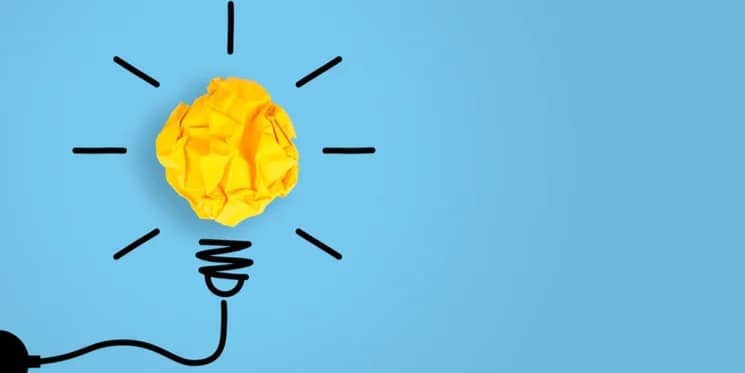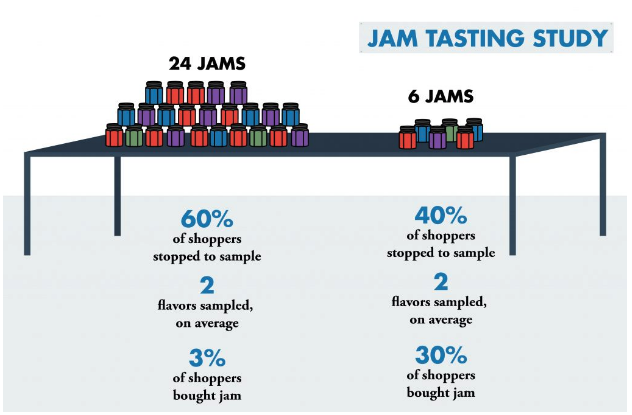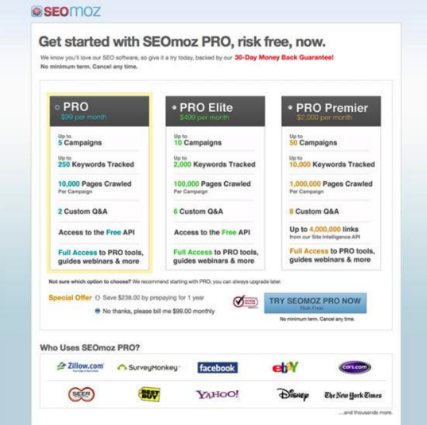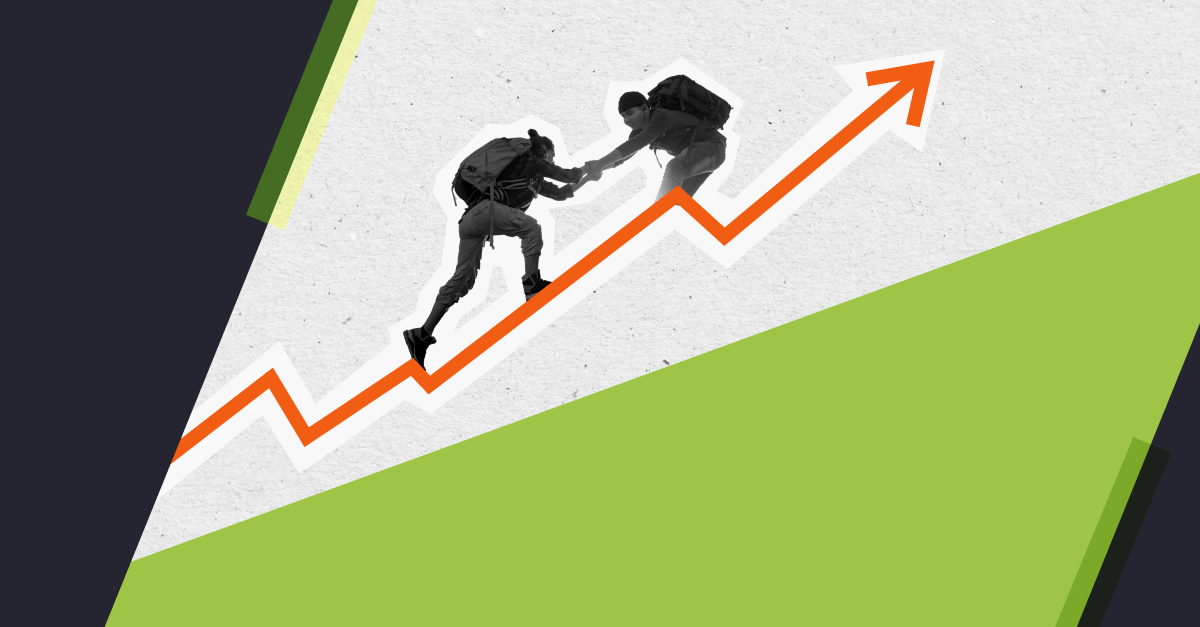
Psychology and sales have always gone hand in hand. Those subtle, little cues that brands use to encourage us to part with our money - we seem to fall for them time and time again.
Quite rightly, you might associate the psychological side of selling with B2C brands, but many of the same principles can be applied to the B2B conversion process.
Here are some of the most effective hacks to consider when developing your next conversion path.The psychology of colour
Let’s start with the basics. Our thoughts and feelings can be influenced by the colours around us. Red for example, is known to stimulate the appetite, which makes it the obvious choice for restaurants. Whereas calming blue is the obvious choice for many corporate facilities.
What does your brand stand for? What are you trying to promote or sell? And what are you trying to make your users feel when they arrive at a conversion opportunity? Think about which colour lends itself to the emotions and feelings you wish to project. It might seem insignificant, but a strategic use of colour can enhance a prospect's likelihood of converting.
Testimonials and social proof
Make use of testimonials throughout your website to improve authority and conversion rates, particularly if other customers include aspirational brands and businesses or those who are within the same peer circle as your prospective buyers.
Testimonials act as proof that others are championing your people, your product and your service which can be the subtle push you need to help get buyers over the final hurdle. 92% of people will trust a recommendation from a peer and 70% will trust a recommendation from a stranger.
This concept is reminiscent of a blog post I wrote a few weeks ago about social proof. Social proof is a psychological phenomenon that suggests people are more likely to "conform to the actions of others under the assumption that those actions are reflective of the correct behaviour."
Eliminate stress and reduce anxiety
Experts say that anxiety can be a big contributor in stopping a site visitor from converting. Keeping the cortisol levels of your users as low as possible is therefore crucial to making a sale.
A number of UX (user experience) elements, such as forms with too many fields, flashing graphics or slow loading pages, could be inadvertently raising users' stress levels.
This is a concept which is has been widely studied by B2C brands too, and is associated with abandoned shopping carts. Yep - shopping may be a great stress reliever, but spending can have the opposite effect. People tend to become anxious and stressed at the thought of parting with their cash, causing them to abandon their carts and leave the site before completing the sale. This might explain the recent surge in companies adding 'buy now, pay later' platforms to their websites.
So how do we apply this to B2B conversions? Free trial periods, demos and tailored packages which require less of a commitment could be possible stress relievers. While B2B buyers aren't necessarily parting with their own cash, they are in the midst of a buyer's ecosystem with potentially many other parties to get on board. Don't risk losing them by asking for too much too soon.
Keep it simple
This is an interesting one. Ever heard of The Jam Study?

Research shows that when customers are overwhelmed by choice, they’re less likely to spend, or in this case, convert.
The Jam Study exemplifies how prospective customers can become paralysed by choice. The study took place at a food market jam stall alternating between 24 types of jams, and on other days just six. The table with six jams leads to 27% more sales. Why? The paradox of choice. While you may believe that giving prospects more choice is a good thing, there is a tipping point where it all becomes too overwhelming.
Some choice is still better than none at all, as the example below demonstrates. Here, SEO Moz presents the user with three tailored package options so they can choose the one best suited to their needs. No solution is one size fits all, so with too few options, you could be eliminating an entire segment of your prospective audience.

Give them a foot in the door
The foot in the door (FITD) technique comes from the belief that we’re more likely to agree to a large request if we’ve already agreed to a smaller one.
The psychology behind the phenomenon is that the smaller request set the foundation for a bond between you and the recipient. For example, you ask a friend to help you shop for cake ingredients before asking them to come and help you bake the cake, in which case they’re more likely to want to help you bake the cake.
But enough about cake. How does this translate to the B2B conversion process? It's all about nurturing your prospect. Equinet has a revenue calculator, a live chat function, and a calendar to 'book a time to talk' with our CEO. All of which are avenues for prospects to get their foot in the door before they even need to consider committing to a purchase.
These tactics allow us time to nurture the prospect through the sales funnel until they are ready to convert. And when they do convert, much of the stress will already have been eliminated, questions answered, and doubts erased.



